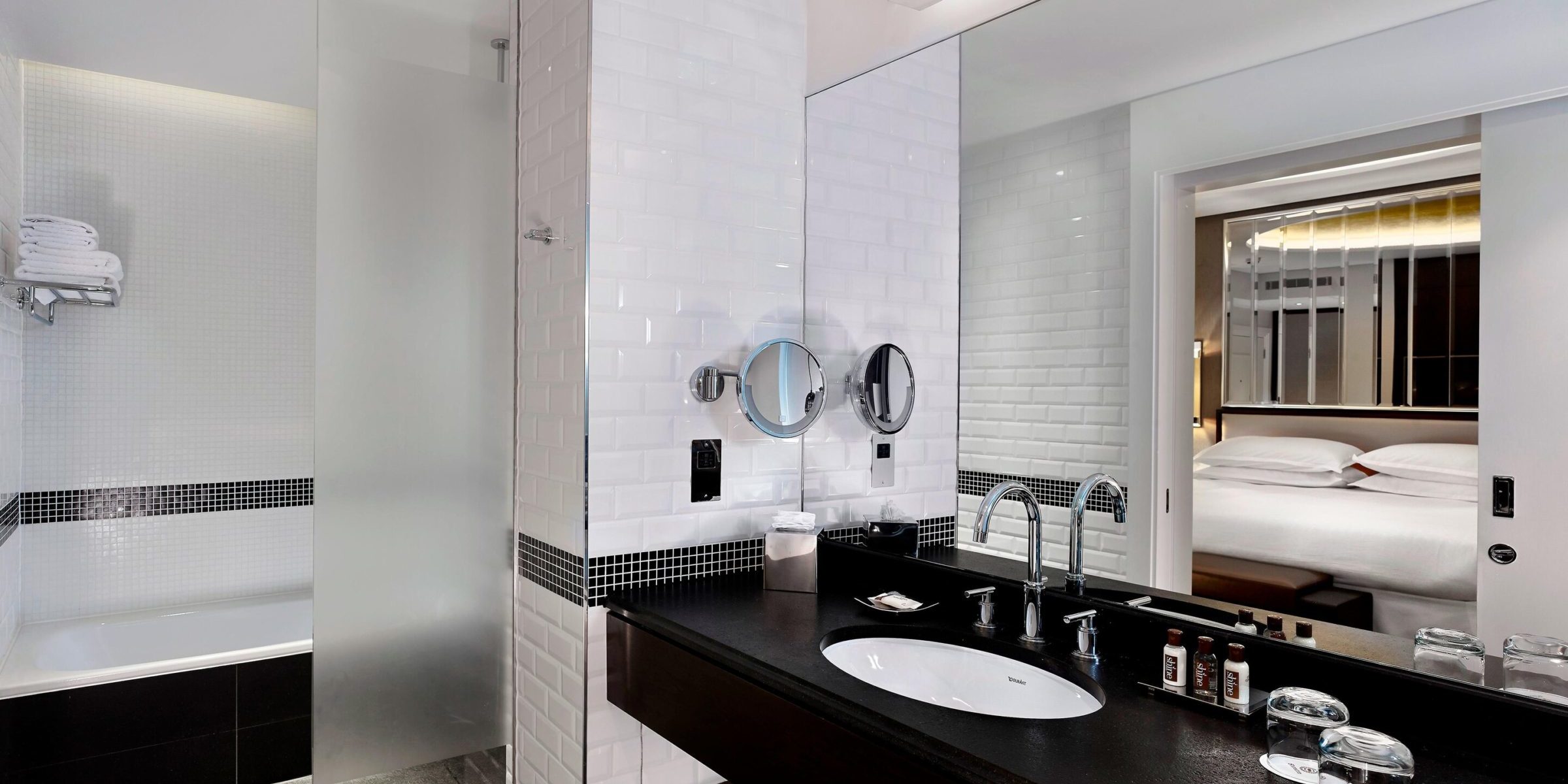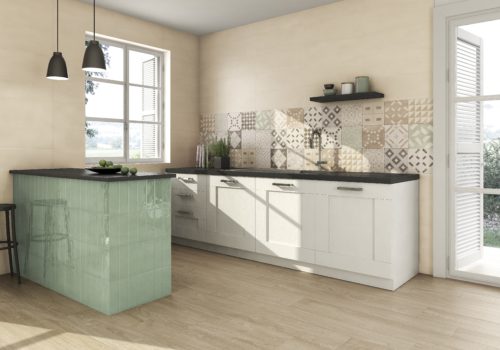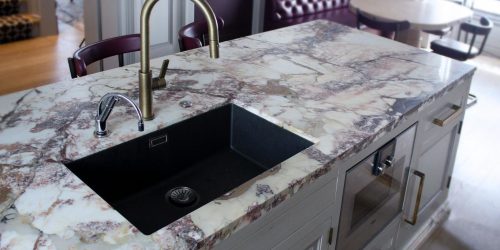Granite is an igneous rock that is generally composed of four minerals: quartz, feldspar, mica, and hornblende. Unlike other types of rocks, such as metamorphic rock, granite has formed as a result of magma cooling.
It is an excellent material for building many things like bridges, pavements, and even kitchen countertops. At Marble & Granite Ltd, we have seen a steady demand for granite worktops over the years and its unique qualities.
As well as being able to withstand vast amounts of pressure, it comes with a certain amount of prestige and desirability – even today, when there are many manmade alternatives to using granite.
What is Igneous Rock?
Igneous rocks are formed from molten rock, which has cooled and solidified. This molten rock starts as liquid rock, which has been melted by the very heat of the earth. When it cools for long enough, it will eventually solidify and create igneous rock.
What Are Igneous Rocks like?
There are two main types of igneous rock, extrusive and intrusive. Extrusive igneous rocks form from magma that erupts onto the surface as lava, where it cools quickly. And intrusive igneous rocks are formed from magma that has cooled slowly, deep underground.
Igneous rocks contain randomly arranged interlocking crystals, which will vary depending on how quickly the molten magma has cooled and solidified. Lava that cools slowly will form an igneous rock with larger crystals and magma that cools quickly will form rocks with smaller crystals.
When inspecting granite, whether it’s our granite worktops in Knightsbridge or throughout London, or from an ancient building or monument, you should notice the different crystal formations within the rock.
Qualities of Granite
Granite has many amazing properties that make it a material of choice in various exterior and interior applications.
Heat Resistant
Granite countertops do not melt when exposed to extreme heat. It’s not surprising when its origins are actually molten lava. As such, they’re a great choice for kitchen surfaces and can take considerable heat from hot pans or dishes. No amount of oven-heat will damage a granite worktop, and you can place hot dishes directly onto its surface without worrying about damage or discoloration.
The only real danger is when you heat one specific area of a granite countertop for long durations of time, for example, with a slow cooker or crockpot emitting constant heat placed directly on the surface. This is because there is a slight possibility of cracking if the dense surface mass receives heat unevenly. When needed, you can place a trivet or heat diffuser mat on the surface.
Scratch Resistant
You won’t easily be able to scratch a granite countertop. Only a few objects and minerals will be up to the job, and even the sharpest knives will have difficulty making their mark when applied with significant force.
Maintenance
Granite countertops are incredibly low maintenance. Generally, natural stone will have received a sealant before you purchase it, and together with its natural properties, you’ll be able to keep it clean and hygienic easily. If you’ve had a stone granite countertop for over a decade, you can reapply a sealant. You can easily do this yourself with the right equipment and sealant material.
Where to Find Granite
Granite is quarried in many places around the world. Several countertop manufacturers specialize in sourcing specific granite materials that make for amazing designs and finishes that look great in the home setting.
If you’re interested in what these look like, take a look at the options on our website or get in touch with one of our friendly staff at Marble & Granite Ltd.
Final Facts About Granite
- Granite is one of the strongest substances in the world.
- Granite has been used in construction since the Ancient Egyptians and is still used today!
- Granite is the oldest igneous rock in the world and is believed to have been formed as long as 300 million years ago.
- Granite makes up the majority of the earth’s continental crust.
- When you see white minerals in granite countertops, this is typically feldspar, which is the most plentiful rock on the planet.
- The pedestal that the Statue of Liberty stands on is made from granite.




